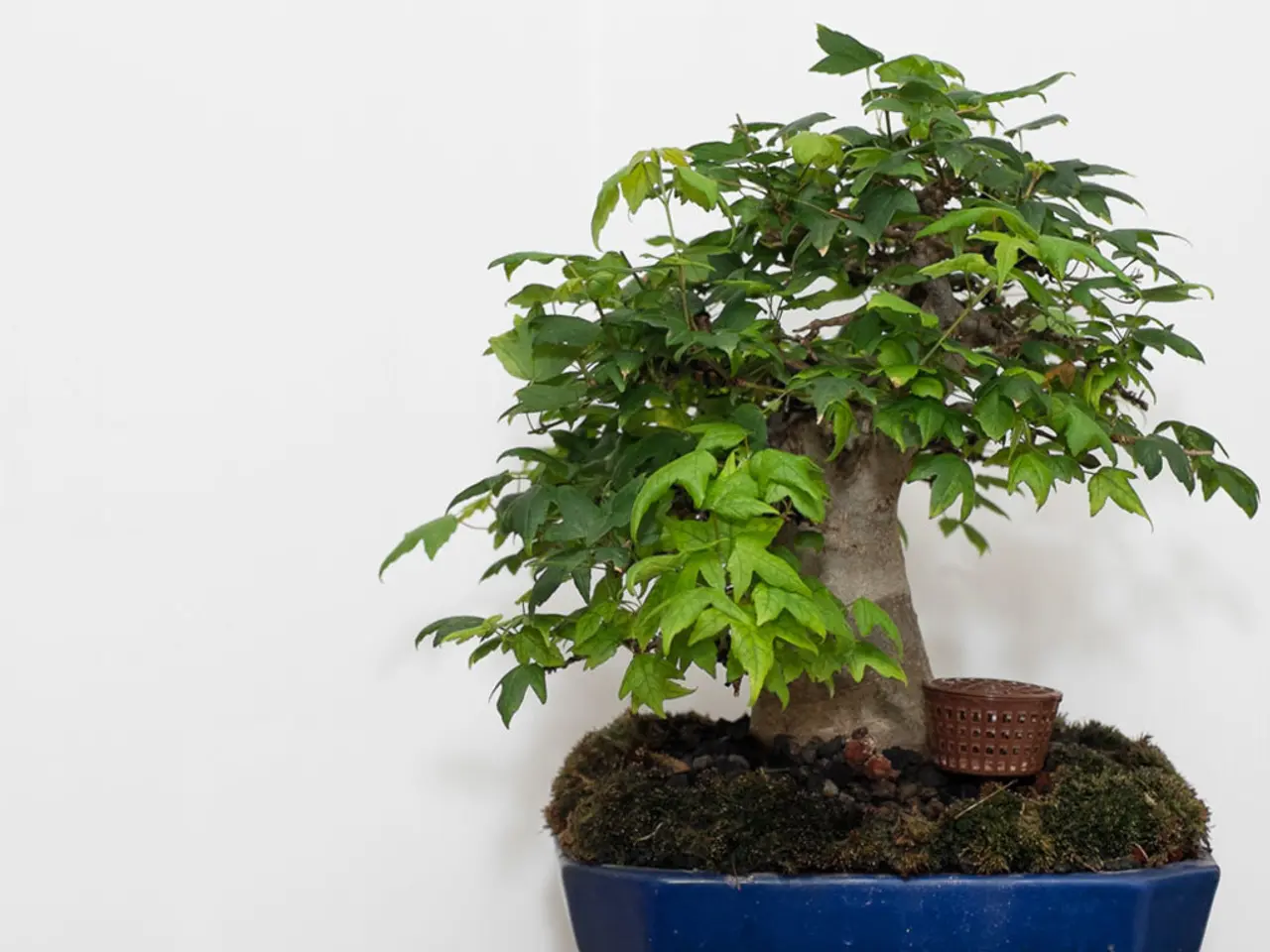Yearly Bonsai Root Maintenance Strategies Explained
Caring for Bonsai Roots: A Guide to Promoting Health and Vitality
Maintaining the health of a Bonsai tree's roots is crucial for its overall well-being and growth. By understanding the symbiotic relationship between the visible tree structure and its hidden root system, enthusiasts can nurture thriving, resilient trees that embody the essence of this ancient art form.
Recognizing and Responding to Seasonal Shifts
Seasonal root care considerations are vital for maintaining peak root health and function. A Bonsai tree's root system responds to changes in temperature, moisture, and light throughout the year. For instance, during the spring, when new growth is emerging, roots require increased water and nutrients to support this burst of energy. Conversely, winter's chill necessitates reduced watering and fertilization, allowing roots to rest and recharge.
Vigilant Observation and Monitoring
Regular root inspections should ideally be conducted every 1-2 years, or when signs of distress appear, such as yellowing leaves or declines in growth. Regular monitoring can help detect early signs of stress or disease in a Bonsai tree's root system, enabling prompt intervention and preventing root decay.
Optimal Practices for Maintaining Healthy Bonsai Roots
Healthy bonsai roots require consistent root pruning, repotting into well-draining soil, careful watering, and monitoring to prevent root overcrowding or rot.
Root Pruning
Root pruning is essential to control root growth and promote a smaller, more active root system that efficiently absorbs nutrients. Cutting back large, lignified roots encourages the growth of new white feeder roots, which strengthen the tree. This pruning prevents roots from circling inside the pot, which can impair nutrient and water absorption.
Repotting
Repotting is typically done to refresh the growing medium and reduce root congestion. When repotting, provide a well-draining layer (such as pumice) at the pot's base, followed by a suitable bonsai soil mix like akadama combined with pumice, lava, and charcoal. Properly spreading out the roots and securing the tree prevents air pockets and ensures stable growth.
Soil
The soil must be well-draining and slightly organic to maintain moisture without waterlogging. A bonsai soil mix should allow water to drain quickly to avoid root rot, often including components like akadama, pumice, lava rock, and small organic matter.
Watering
Watering must be carefully managed: check soil moisture before watering and water deeply until excess drains out the bottom. Avoid letting the root system sit in standing water to prevent root rot. Adjust watering frequency seasonally (more frequent in growth seasons, less in dormancy).
Promoting Fibrous Root Development
Promote fibrous root development by trimming large roots and encouraging branching roots that absorb water efficiently within the shallow bonsai pot.
Maintaining Proper Humidity
Maintaining proper humidity around the bonsai roots and keeping the overall root environment healthy helps the tree resist stress and supports nutrient uptake.
Addressing Root Pests and Diseases
Regular monitoring is key to addressing root pests and diseases, as early signs of infestation or infection can be subtle. To address root pests and diseases, gentle removal of affected roots, followed by treatment with insecticidal soap or fungicides, may be necessary.
Preventing Root Issues
To prevent roots from growing out of drainage holes, consider using a root barrier or mesh around the pot's interior, or gently pruning excess roots during repotting. It is vital to recognize the signs of root damage from over-handling or rough handling, which may include bruising, tears, or broken roots, leading to reduced water and nutrient uptake, and potentially, tree decline or death.
Conclusion
In summary, healthy bonsai roots require consistent root pruning, repotting into well-draining soil, careful watering, and monitoring to prevent root overcrowding or rot. These practices collectively support strong, fibrous roots that sustain the miniature tree’s vitality and growth. By embracing the techniques outlined in this article, enthusiasts can craft thriving, resilient trees that embody the essence of this ancient art form.
- To nurture a picturesque home environment, consider investing in fashion-and-beauty products, decor items for home-and-garden, and unique shopping finds.
- For those seeking to expand their culinary skills, education-and-self-development resources on food-and-drink preparation can prove beneficial.
- The beauty of travel is made even more enchanting when exploring new destinations with beloved pets, fostering lifelong memories and a rich tapestry of shared experiences.
- A well-maintained vehicle, such as a luxury car, not only adds a touch of sophistication to one's lifestyle but also provides practical benefits like comfort and efficiency.
- Caring for the relationships in our lives involves showing appreciation, making time for quality conversations, and resolving conflicts with understanding and empathy.
- Engaging in sports and surroundings oneself and one's pets in regular physical activity contributes to overall health and happiness.
- Monitoring the weather forecast can help ensure the right conditions for tending to bonsai roots, promoting health and vitality in one's miniature tree collection.




